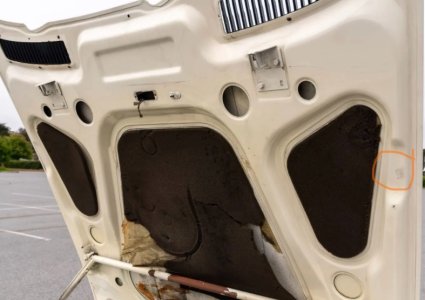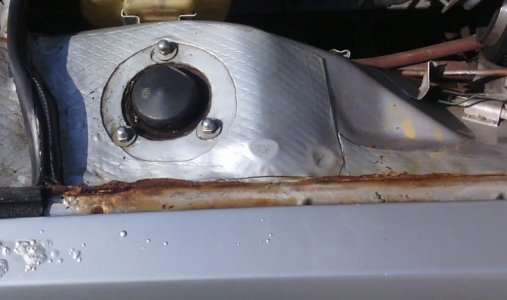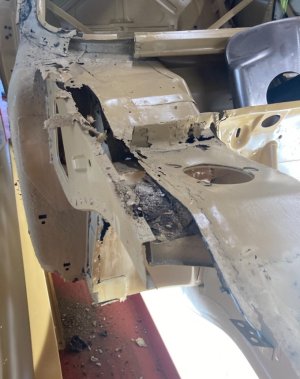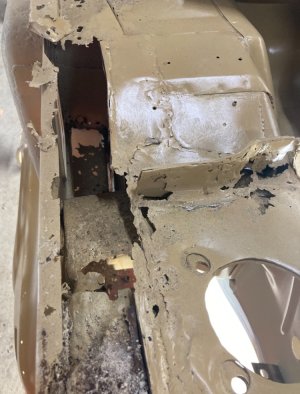Minivansomeren
Well-Known Member
Hi everybody, I’m new and in the market to buy an E9. I’ve read most of the excellent resources on here about inspecting and buying. One thing I’ve seen mentioned several times is the “migrating fenders” where the front strut tower bulges up and rubs the hood.
I haven’t seen any discussion of the significance. Is this caused by rusting of the inner fender spaces? I.e. does it signify hidden decay? Additionally, have there been problems caused by this, such as affecting hood alignment? I know rear shock towers occasionally blow out (metal fatigue) but has anybody seen this front tower “migration” lead to a blowout, or affect drivability?
The reason I’m asking urgently (my first post) is that there is a car on BAT that looks very nice but does have this phenomenon. The auction ends in a couple days and I’m wondering how important an issue this is.

I haven’t seen any discussion of the significance. Is this caused by rusting of the inner fender spaces? I.e. does it signify hidden decay? Additionally, have there been problems caused by this, such as affecting hood alignment? I know rear shock towers occasionally blow out (metal fatigue) but has anybody seen this front tower “migration” lead to a blowout, or affect drivability?
The reason I’m asking urgently (my first post) is that there is a car on BAT that looks very nice but does have this phenomenon. The auction ends in a couple days and I’m wondering how important an issue this is.





